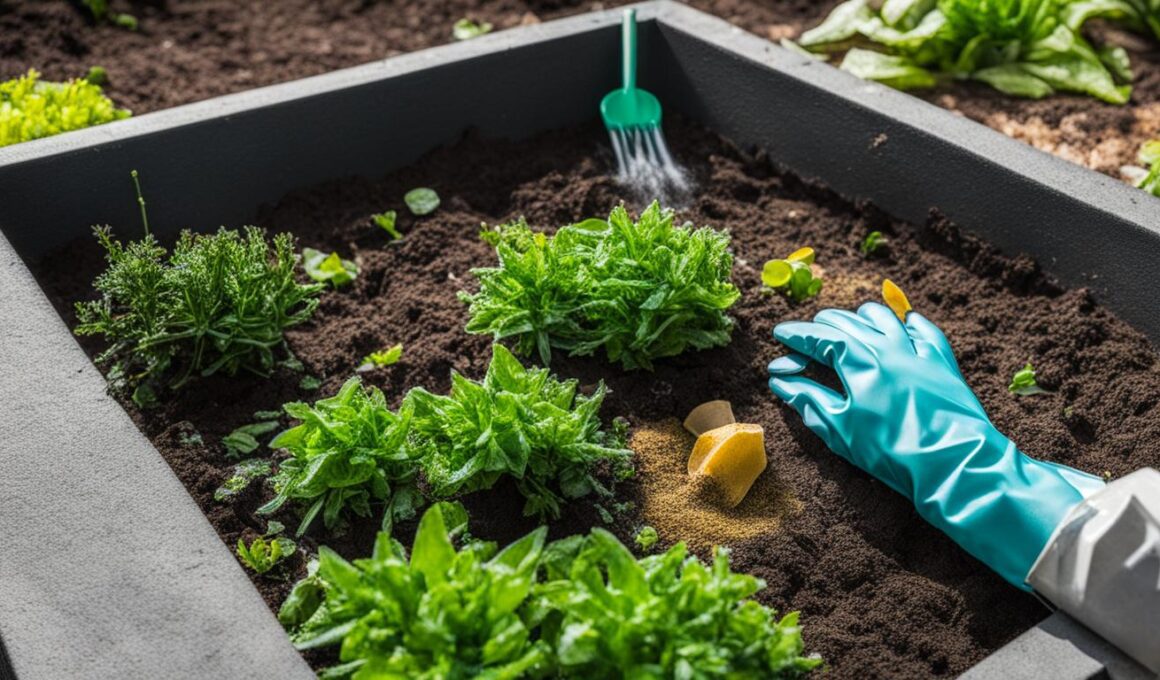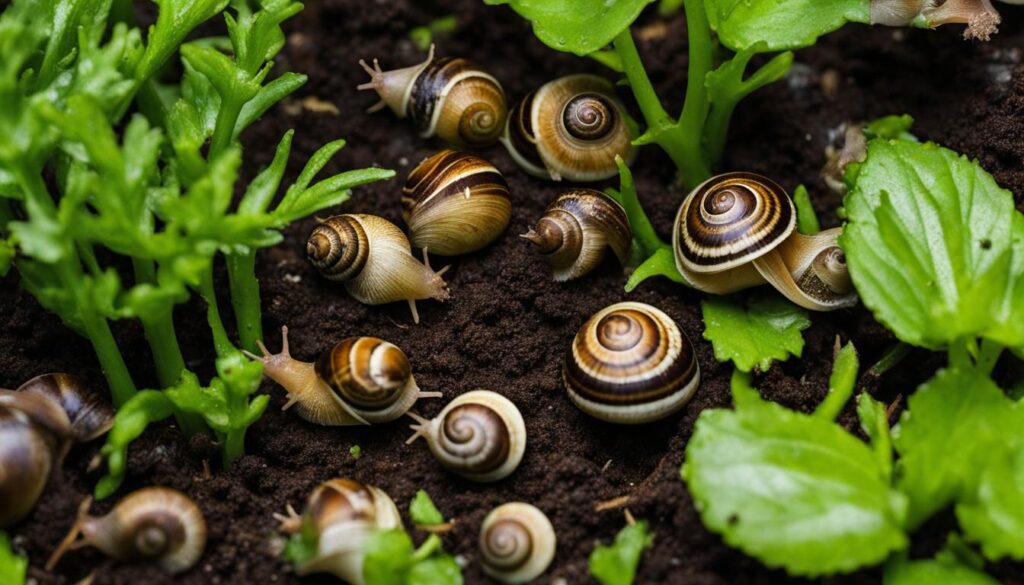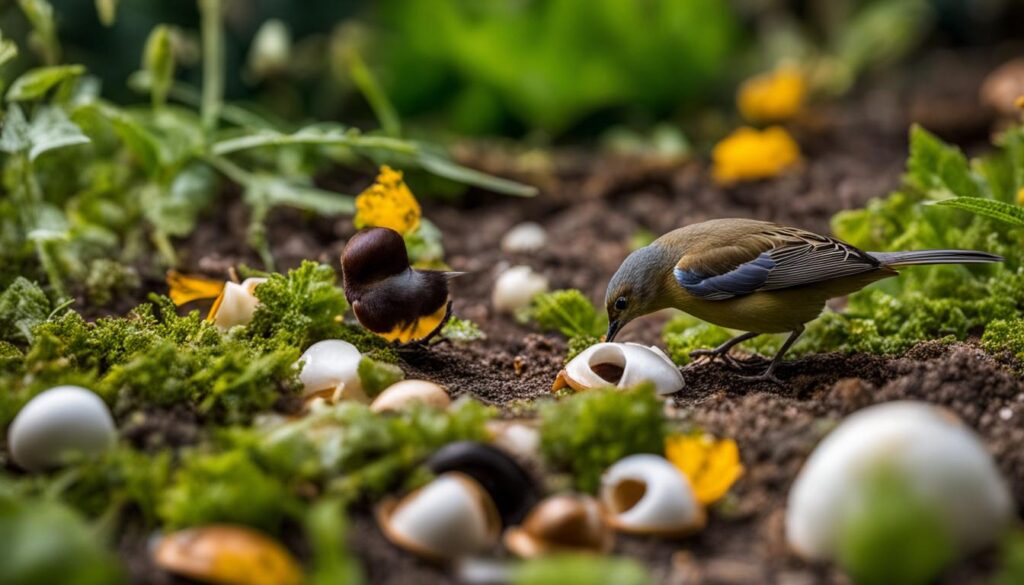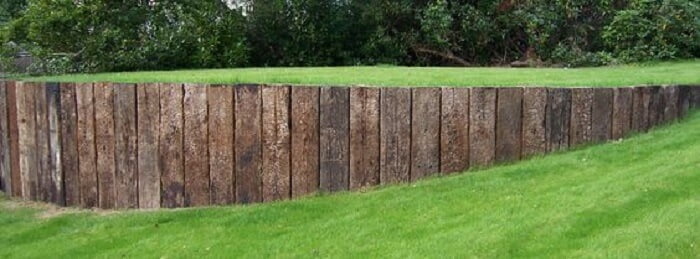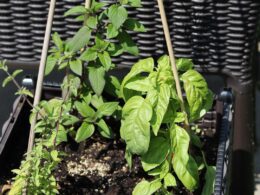Snails and slugs can cause significant damage to plants in the garden. They are most active at night and early in the day when the soil is cool and moist. To get rid of snails in your garden, there are several eco-friendly methods you can use. These include identifying their presence, picking them off by hand, setting traps, creating an unfavorable habitat, putting up barriers, switching to drip irrigation, growing plants they don’t like, and applying an organic slug bait. By implementing these strategies, you can protect your plants and maintain a healthy garden.
Key Takeaways:
- Identify the presence of snails through eyestalks, slime trails, and chewed holes in plant leaves.
- Pick snails off by hand and dispose of them in soapy water.
- Set traps using beer or a sugar, water, and yeast mixture.
- Create an unfavorable habitat by keeping the area between plants drier.
- Put up barriers such as copper tape or diatomaceous earth.
Identifying Snail Presence in Your Garden
When it comes to maintaining a healthy garden, it is important to be able to identify the presence of snails. These slimy creatures can wreak havoc on your plants if left unchecked. By recognizing the signs of snail infestation and understanding their characteristics, you can take appropriate measures to protect your garden.
One of the key indicators of snail presence is their extensible eyestalks. These eyestalks are located on the upper part of their head and can be extended or retracted as needed. Additionally, snails leave a distinctive silvery slime trail as they move, which can be easily spotted on leaves, soil, and other surfaces. Another telltale sign of snail activity is the presence of chewed holes in plant leaves.
Snails tend to hide during the day, seeking shelter under rocks, flat stones, and low-growing foliage. By regularly checking these hiding spots and being aware of their habits, you can spot snails early on and prevent major damage to your plants. Being proactive in identifying snail presence is the first step in effective snail control.
Characteristics of Snails
Snails are gastropods, belonging to the mollusk family. They have a soft body protected by a spiral-shaped shell. The shell provides them with both protection and a means of movement. Snails are most active at night or on cloudy days when it is cool and damp. They are generally slow-moving creatures, relying on their muscular foot to glide along surfaces. Snails also possess a rasping tongue called a radula, which they use to consume plants and other organic matter.
While snails may seem harmless, their ability to reproduce rapidly and their voracious appetites can quickly lead to plant damage and infestation. Taking the time to learn about snail characteristics and their habits will enable you to better understand the threat they pose to your garden and take appropriate action to control their population.
Table: Signs of Snail Infestation
| Signs | Description |
|---|---|
| Extensible Eyestalks | Snails have eyestalks that can be extended or retracted, allowing them to observe their surroundings. |
| Silvery Slime Trail | Snails leave a distinctive silvery slime trail as they move, which can be easily spotted on leaves, soil, and other surfaces. |
| Chewed Holes in Leaves | Snails feed on plant leaves, leaving behind chewed holes as evidence of their presence. |
By being vigilant and taking the time to identify snail presence in your garden, you can intervene early and prevent these pests from causing significant damage to your beloved plants. With this knowledge, you can now proceed to the next section to learn about eco-friendly methods for getting rid of snails.
Eco-Friendly Methods for Getting Rid of Snails
When it comes to dealing with snail control in your garden, there are several eco-friendly methods you can employ. These methods not only help you get rid of snails but also ensure the well-being of your plants and the overall health of your garden. By implementing these strategies, you can create an unfavorable habitat for snails, effectively control their population, and maintain a thriving garden environment.
Handpicking
One of the simplest and most effective methods for snail control is handpicking. Take a walk in your garden early in the morning or late in the evening when snails are most active. Wear gloves if desired and carefully remove the snails from your plants. Place them in a bucket filled with soapy water to ensure they won’t return to your garden. By handpicking snails regularly, you can significantly reduce their numbers and prevent extensive damage to your plants.
Traps and Barriers
Setting traps is another eco-friendly way to control snails. You can use beer traps or create a mixture of sugar, water, and yeast to attract snails. Place the traps in areas where snails are commonly found and check them daily. Dispose of captured snails appropriately. Additionally, you can put up barriers such as copper tape or diatomaceous earth around your plants to deter snails from reaching them. These barriers create an unfavorable habitat for snails, making it difficult for them to move across and access your plants.
Organic Slug Bait
If the snail population in your garden is particularly stubborn, you can consider using organic slug bait. Look for a bait that is safe for pets, wildlife, and edible plants. Follow the instructions provided and apply the bait as directed. Organic slug bait effectively controls snails by attracting them and causing them to stop feeding, ultimately leading to their demise. By using organic slug bait, you can address snail infestations without harming the environment or compromising the health of your garden.
By implementing these eco-friendly methods for snail control, you can effectively protect your plants and maintain a healthy garden. Remember to regularly check for snail presence, handpick them off your plants, set traps and barriers, and use organic slug bait when necessary. By taking these steps, you can enjoy a beautiful, snail-free garden environment.
| Methods | Pros | Cons |
|---|---|---|
| Handpicking | – Simple and cost-effective – Doesn’t require additional materials – Immediate control |
– Labor-intensive – Requires regular monitoring – May be difficult to handpick all snails |
| Traps and Barriers | – Effective in attracting and capturing snails – Creates an unfavorable habitat – Can be used in specific areas |
– Needs regular maintenance – Traps may attract beneficial insects as well – Barriers may need to be replenished |
| Organic Slug Bait | – Targets snails directly – Effective in controlling larger populations – Safe for pets, wildlife, and edible plants |
– May require multiple applications – Some bait can be expensive – Poses potential risk if not used as directed |
Other Natural Solutions for Snail Control
When it comes to snail control in your garden, there are several natural solutions you can consider. Introducing natural predators can be an effective way to keep snail populations under control. Chickens, ducks, frogs, toads, turtles, birds, and snakes are all known to have an appetite for snails. By inviting these creatures into your garden, you can create a natural balance and reduce snail numbers.
You can also utilize snail-resistant plants to deter snails from your garden. Plants such as lavender, rosemary, and sage are known to be less appealing to snails. By incorporating these varieties into your garden, you can create an environment that is less attractive to snails and reduce the risk of damage to your plants.
Another factor to consider in snail control is your watering schedule. Adjusting the timing and frequency of your watering can help discourage snails from thriving in your garden. Watering in the morning allows the soil and plants to dry out during the day, making the environment less favorable for snails. Additionally, using drip irrigation instead of overhead watering can help prevent excess moisture on leaves, which snails are attracted to.
To summarize, natural predators, snail-resistant plants, and adjusting your watering schedule are all effective methods for controlling snails in your garden. By implementing these natural solutions, you can create a garden environment that is less appealing to snails and protect your plants from damage.
| Natural Predators | Snail-Resistant Plants | Adjusting Watering Schedule |
|---|---|---|
| Chickens | Lavender | Water in the morning |
| Ducks | Rosemary | Use drip irrigation |
| Frogs | Sage | |
| Toads | ||
| Turtles | ||
| Birds | ||
| Snakes |
What are the most effective methods for getting rid of snails in the garden?
There are several effective methods for how to eliminate garden snails. One option is to handpick them off plants and dispose of them. Another method is to use barriers like copper tape to prevent them from reaching plants. Additionally, incorporating natural predators like ducks or certain types of nematodes can help control snail populations.
Conclusion
To summarize, getting rid of snails in your garden can be achieved by implementing a variety of eco-friendly methods. By identifying their presence and being aware of their habits, you can take proactive measures to prevent significant damage to your plants.
Utilizing natural methods such as handpicking, setting traps, and creating an unfavorable habitat can help you control snail populations without harming the environment. Applying organic slug bait and using barriers can also provide effective snail control while ensuring the safety of pets, wildlife, and your fruits or vegetables.
Additionally, introducing natural predators and planting snail-resistant plants can further deter snails from your garden. Adjusting your watering schedule to water in the morning and utilizing drip irrigation can also contribute to reducing snail activity and maintaining a healthy garden environment.
By combining these strategies, you can successfully protect your plants, create a thriving garden, and enjoy the beauty of your hard work without the presence of snails.
FAQ
How can I identify snail presence in my garden?
Look for extensible eyestalks, a silvery slime trail, and chewed holes in plant leaves. Snails tend to hide under rocks, flat stones, and low-growing foliage.
What are eco-friendly methods for getting rid of snails?
Eco-friendly methods include picking them off by hand and disposing of them in soapy water, setting traps using beer or a mixture of sugar, water, and yeast, creating an unfavorable habitat by keeping the areas between plants drier, putting up barriers such as copper tape or diatomaceous earth, switching to drip irrigation, growing plants that snails don’t like, and applying an organic slug bait.
Are there any other natural solutions for snail control?
Yes, you can introduce natural predators such as chickens, ducks, frogs, toads, turtles, birds, and snakes to help control snail populations. Planting snail-resistant plants like lavender, rosemary, and sage can also deter snails. Additionally, adjusting your watering schedule to water in the morning and using drip irrigation can reduce snail activity in your garden.
How can I effectively get rid of snails in my garden?
By implementing the simple steps mentioned above, such as identifying snail presence, using eco-friendly methods like handpicking, setting traps, creating an unfavorable habitat, and applying organic slug bait, you can effectively get rid of snails in your garden and protect your plants. Introducing natural predators and planting snail-resistant plants can also contribute to snail control.
What is the importance of controlling snails in the garden?
Controlling snail populations in the garden is important to protect your plants from significant damage. Snails are most active at night and early in the day when the soil is cool and moist. By implementing snail control methods, you can maintain a healthy garden and ensure the well-being of your plants.





